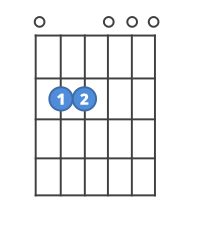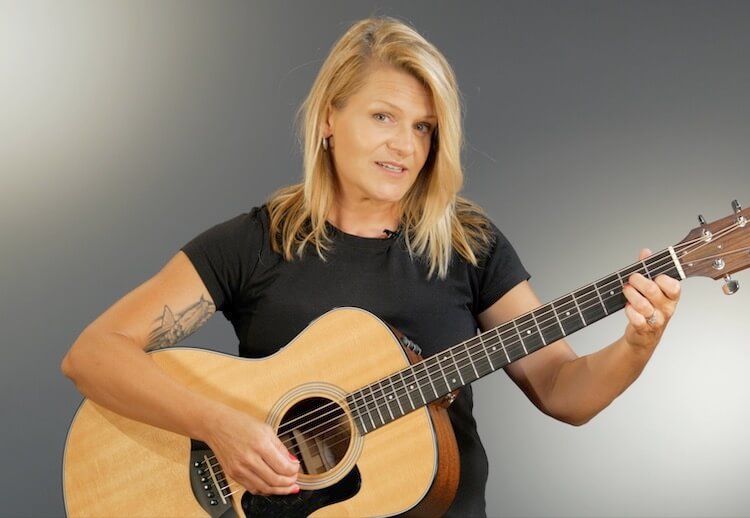
The A minor chord is one of the first minor chords most players learn on the guitar. (That little m stands for minor).
It’s easy to play, and doesn’t require you to bend your fingers in any uncomfortable ways unlike cough that F major chord you may have struggled with.
Let’s take it step by step.
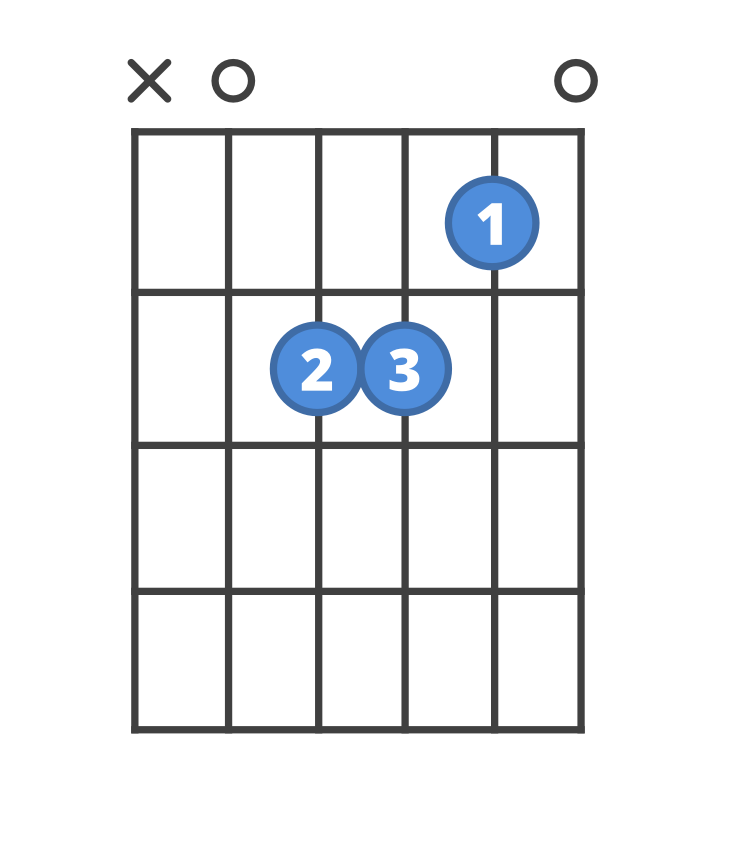
First, take your first finger on the first fret of the second string. Remember: the order of the strings goes from the thinnest to the thickest.

And when we say second fret, we don’t mean on the second fret itself, we mean in the space just behind it, closer to the headstock of the guitar.
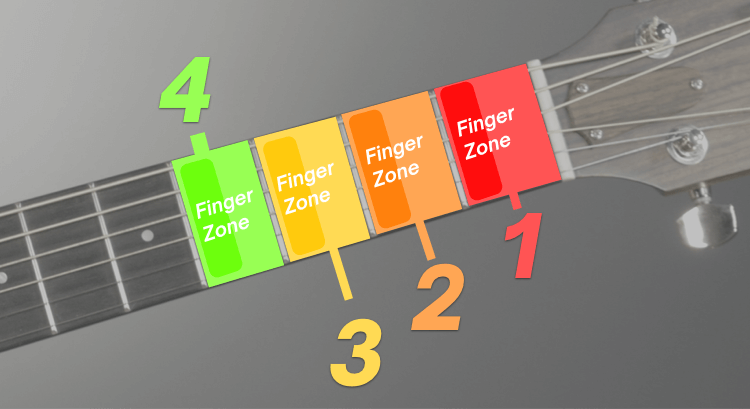
Using the two diagrams above, you’d be putting your first finger on the orange string in that orange finger zone. Like this:
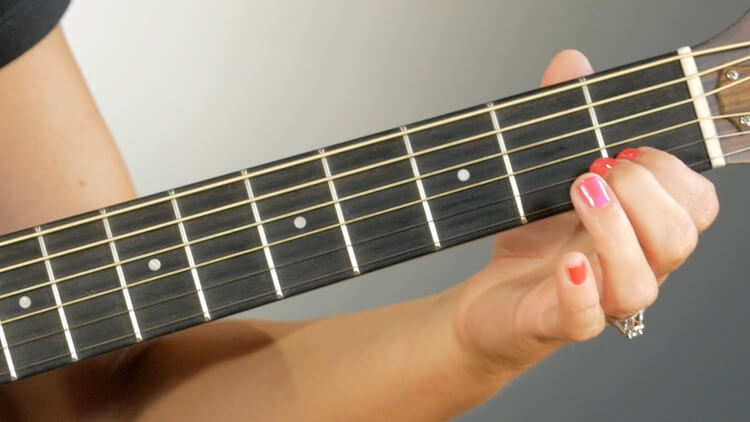
Put your second finger on the second fret of the fourth string.
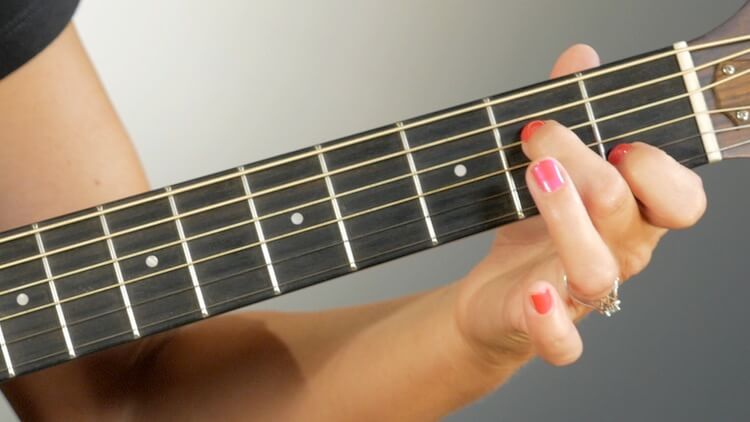
Pause for just a second. Notice anything about that second finger? Anna has her finger curved really nicely, up and over the first three strings, so she’s pushing down on the fourth string with just her finger tip.
This will help her get a nice, clean sound out of that A minor chord.
Next, put your third finger on the second fret of the second string.
You’ll have to tuck it underneath your second finger, right on that same fret.
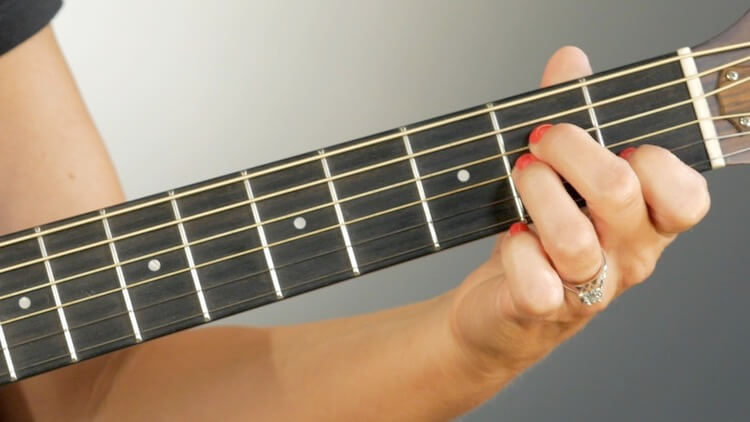
Some chords, you strum all the strings. Some chords you don’t.
For this chord, you’ll only be strumming the thinnest five strings.
Place your pick, or your thumb, on the second thickest string, and strum down to play all the rest. Do not play the thickest string, and you’ll be all set.
You can practice Am one step at a time with the ChordBank App’s Chord Coach
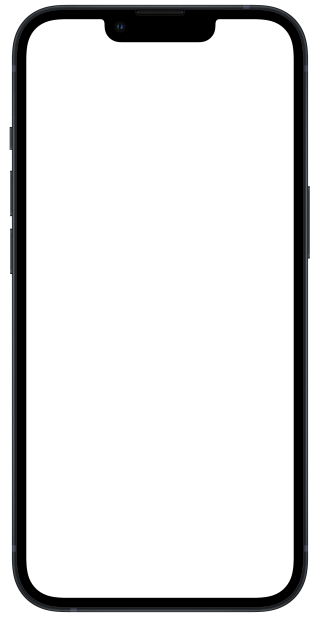
ChordBank will listen on your phone’s microphone as you play, guiding you one string at a time.
If you’ve had a hard time getting started, our Chords For Beginners series of lessons can make it easy for you to become a guitar player.
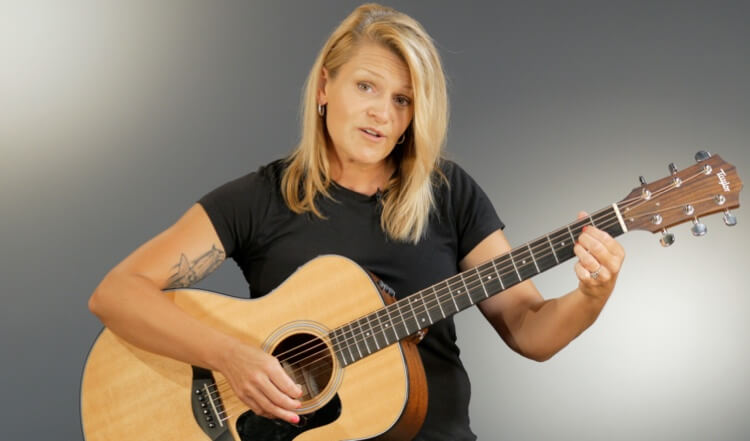
You’ll learn how to reliably tune your guitar (really!), how to play the most important chords, and how to play in rhythm, all in just a few days.
Here are some direct links to ChordBank’s practice drills and games for beginners learning the A minor chord.
To learn chords, you’ve got to play them, get them stuck in your muscle-memory.
Let’s start with some games.


Try playing Blast-o-chords or ChordPOP! while taking your fingers on and off the strings. ChordBank will listen to your iPhone’s microphone, and fire darts, or uncover letters as you play.
Learning to change cleanly between chords as you learn is such an important step on your journey from someone who has a guitar, to someone who plays the guitar.
These flashcards will help you do just that.
You couldn’t ask for a better chord to practice those changes with than C major.
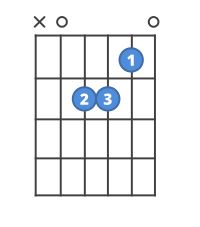
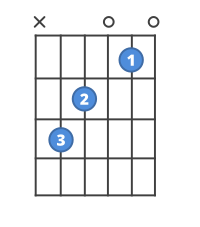
These two chords use the same strings, the same three fingers, and they let you keep your first finger in the same spot, so it’s easy to keep your bearings as you move the second and third fingers:
Another good place to start is with the Em and G chords.


